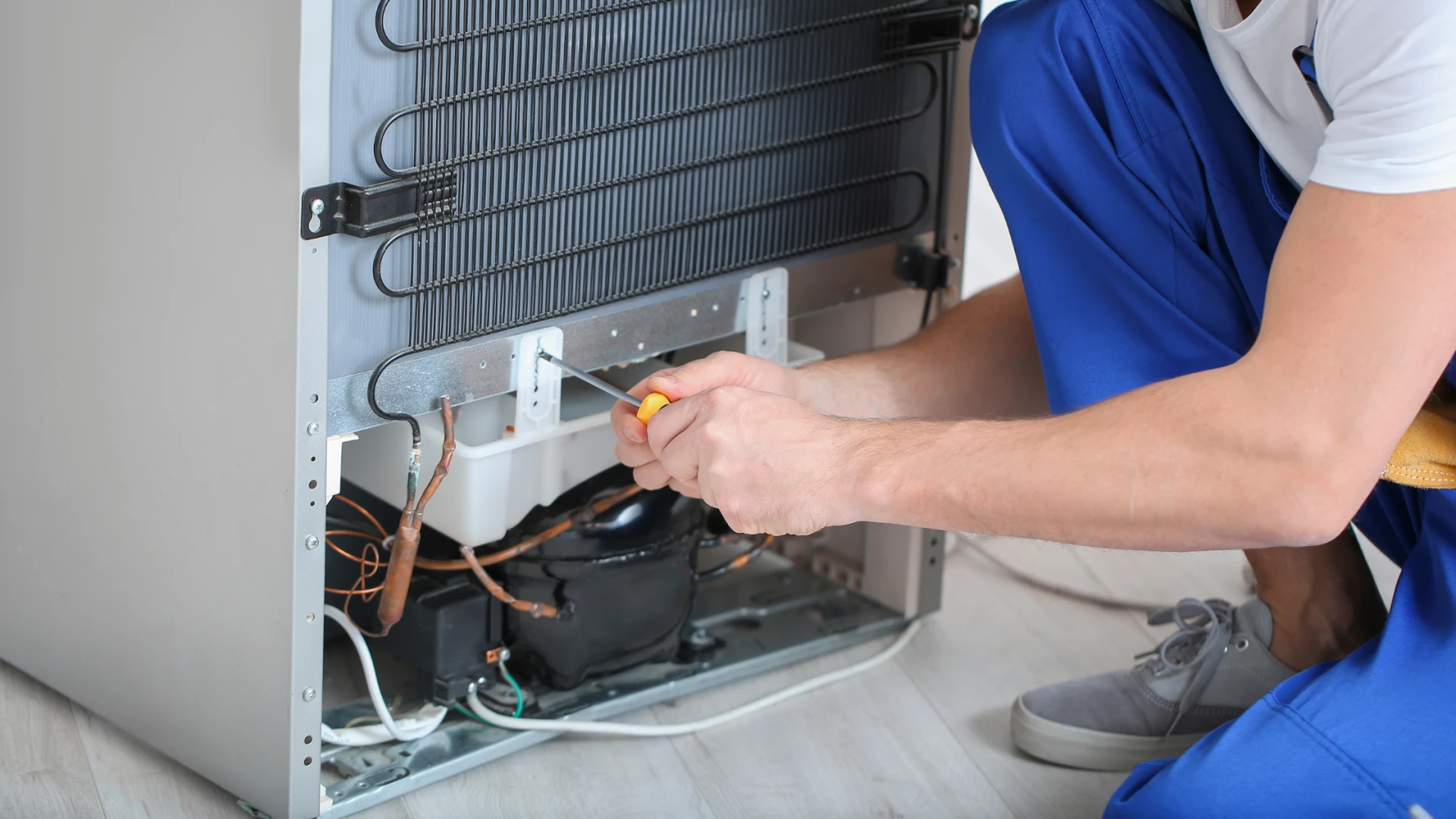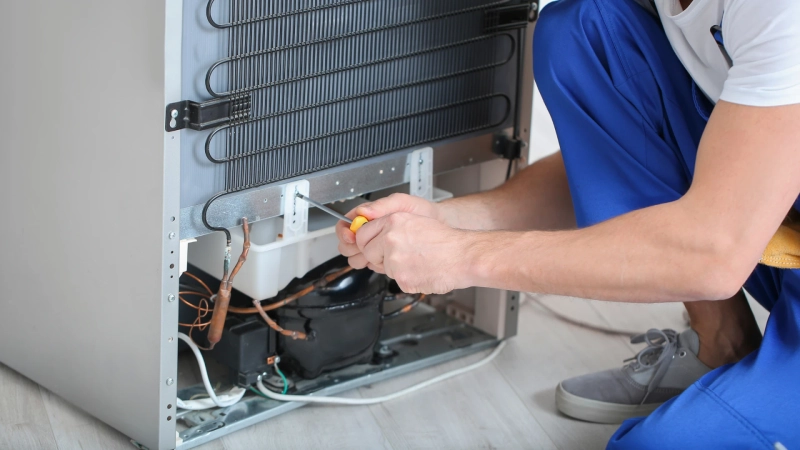Washing machines are an indispensable part of modern life, making laundry chores significantly easier and more efficient. However, like any other appliance, they are prone to wear and tear, which can lead to various issues over time. When your washing machine starts acting up, you’re often faced with a dilemma: should you attempt a DIY fix or call in a professional like Appliance Repair Nanaimo? This blog will explore some of the most common washing machine problems, provide guidance on when you can tackle repairs yourself, and when it’s best to leave it to the experts.
Common Washing Machine Problems
Before diving into the DIY vs. professional debate, let’s first identify some of the most common issues that washing machine owners encounter.
The Machine Won’t Start
Possible Causes: Power supply issues, faulty door latch, or a malfunctioning control panel.
Symptoms: The machine doesn’t respond when you press the start button.
The Machine Doesn’t Fill with Water
Possible Causes: Clogged water inlet valve, kinked hoses, or low water pressure.
Symptoms: No water enters the drum, or the machine takes too long to fill.
The Machine Overfills or Underfills
Possible Causes: Faulty water level sensor or pressure switch.
Symptoms: The drum either fills with too much water or not enough.
The Machine Doesn’t Drain
Possible Causes: Blocked drain pump, clogged drain hose, or a faulty drain pump.
Symptoms: Water remains in the drum after the cycle completes.
The Machine Doesn’t Spin
Possible Causes: Broken drive belt, worn-out motor brushes, or a faulty lid switch.
Symptoms: The drum doesn’t spin, leaving clothes soaking wet.
Excessive Noise or Vibration
Possible Causes: Unbalanced load, worn-out bearings, or loose components.
Symptoms: Loud banging, grinding, or rattling noises during operation.
Leaking Water
Possible Causes: Damaged hoses, loose connections, or a faulty door seal.
Symptoms: Water pools around the machine during or after a cycle.
Foul Odors
Possible Causes: Mold or mildew buildup in the drum or detergent dispenser.
Symptoms: A musty smell emanating from the machine.
Clothes Aren’t Clean
Possible Causes: Overloading, using too much or too little detergent, or a clogged filter.
Symptoms: Clothes come out still dirty or with detergent residue.
Error Codes
Possible Causes: Various internal malfunctions detected by the machine’s diagnostic system.
Symptoms: The display shows an error code, and the machine may stop working.
DIY Fixing: When It’s Worth a Try
For those who are handy and enjoy saving money, DIY repairs can be a great option for certain washing machine problems. Here’s a breakdown of issues you can often fix yourself.
The Machine Won’t Start
DIY Fix: Check the power supply first. Ensure the machine is plugged in and the circuit breaker hasn’t tripped. Inspect the door latch for damage and test the control panel for responsiveness.
Tools Needed: Multimeter (to test electrical connections), screwdriver.
Difficulty Level: Easy to moderate.
The Machine Doesn’t Fill with Water
DIY Fix: Inspect the water inlet hoses for kinks or blockages. Clean the inlet valve filter if accessible. Check the water pressure from the supply line.
Tools Needed: Pliers, cleaning brush.
Difficulty Level: Easy.
The Machine Overfills or Underfills
DIY Fix: Locate and clean the water level sensor or pressure switch. Refer to your user manual for its location.
Tools Needed: Screwdriver, cleaning cloth.
Difficulty Level: Moderate.
The Machine Doesn’t Drain
DIY Fix: Check the drain pump for blockages and clean it out. Inspect the drain hose for kinks or clogs.
Tools Needed: Pliers, bucket, cleaning brush.
Difficulty Level: Moderate.
Excessive Noise or Vibration
DIY Fix: Ensure the machine is level and adjust the feet if necessary. Check for loose components and tighten them. Avoid overloading the machine.
Tools Needed: Level, wrench, screwdriver.
Difficulty Level: Easy.
Foul Odors
DIY Fix: Run a hot water cycle with vinegar or a washing machine cleaner to remove mold and mildew. Clean the detergent dispenser and door seal regularly.
Tools Needed: Cleaning brush, vinegar, or commercial cleaner.
Difficulty Level: Easy.
Clothes Aren’t Clean
DIY Fix: Clean the detergent dispenser and filter. Use the correct amount of detergent and avoid overloading the machine.
Tools Needed: Cleaning brush, mild detergent.
Difficulty Level: Easy.
When to Call a Professional
While DIY repairs can save you money, some problems are best left to professionals. Attempting complex repairs without the proper knowledge or tools can lead to further damage or even personal injury. Here are some scenarios where calling a professional is the smarter choice.
The Machine Doesn’t Spin
Why Call a Pro: Issues with the drive belt, motor brushes, or lid switch often require specialized tools and expertise to diagnose and repair.
Professional Tools: Multimeter, belt tension gauge, replacement parts.
Cost Estimate: 100–100–200.
Leaking Water
Why Call a Pro: Identifying the source of a leak can be tricky, and improper repairs can lead to water damage or electrical hazards.
Professional Tools: Leak detection equipment, replacement hoses or seals.
Cost Estimate: 150–150–300.
Error Codes
Why Call a Pro: Error codes can indicate a wide range of internal issues, from sensor failures to motherboard problems. A professional can accurately diagnose and fix the problem.
Professional Tools: Diagnostic software, replacement parts.
Cost Estimate: 100–100–250.
Worn-Out Bearings
Why Call a Pro: Replacing bearings requires disassembling the drum, which is a complex and time-consuming task.
Professional Tools: Bearing puller, replacement bearings.
Cost Estimate: 200–200–400.
Electrical Issues
Why Call a Pro: Working with electrical components can be dangerous if you’re not experienced. A professional can safely diagnose and repair issues with the control panel, wiring, or motor.
Professional Tools: Multimeter, soldering iron, replacement parts.
Cost Estimate: 150–150–300.
DIY vs. Professional: Key Considerations
When deciding whether to attempt a DIY repair or call a professional, consider the following factors.
Your Skill Level: If you’re comfortable with basic tools and have some experience with appliance repairs, DIY might be a good option. However, if you’re unsure, it’s better to call a professional.
The Complexity of the Problem: Simple issues like clogged filters or unbalanced loads are easy to fix yourself. Complex problems involving electrical components or internal mechanisms are best left to professionals.
Warranty Considerations: Attempting DIY repairs on a machine under warranty can void the warranty. Check your warranty terms before proceeding.
Cost of Replacement Parts: If the repair requires expensive parts, it might be more cost-effective to hire a professional who can source parts at a lower cost.
Time and Convenience: DIY repairs can be time-consuming, especially if you’re unfamiliar with the process. A professional can often complete the repair more quickly and efficiently.
Safety Concerns: Electrical and water-related repairs can be hazardous. If safety is a concern, it’s always better to call a professional.
Preventive Maintenance Tips
To minimize the need for repairs, follow these preventive maintenance tips.
Clean the Drum and Detergent Dispenser Regularly: Run a monthly cleaning cycle with vinegar or a washing machine cleaner to prevent mold and mildew buildup.
Inspect Hoses and Connections: Check hoses for cracks or leaks and replace them every 5 years.
Avoid Overloading: Overloading can strain the motor and other components, leading to premature wear.
Use the Right Detergent: High-efficiency (HE) machines require HE detergent to prevent excessive suds and residue buildup.
Level the Machine: Ensure the machine is level to reduce vibration and noise.
Clean the Filter: Regularly clean the lint filter and drain pump to prevent clogs.
Conclusion
Washing machine problems can range from minor annoyances to major malfunctions. While DIY repairs can be a cost-effective solution for simple issues, complex problems often require the expertise of a professional. By understanding the common problems, knowing your limits, and following preventive maintenance tips, you can keep your washing machine running smoothly for years to come. When in doubt, don’t hesitate to call a professional—it’s better to be safe than sorry!


